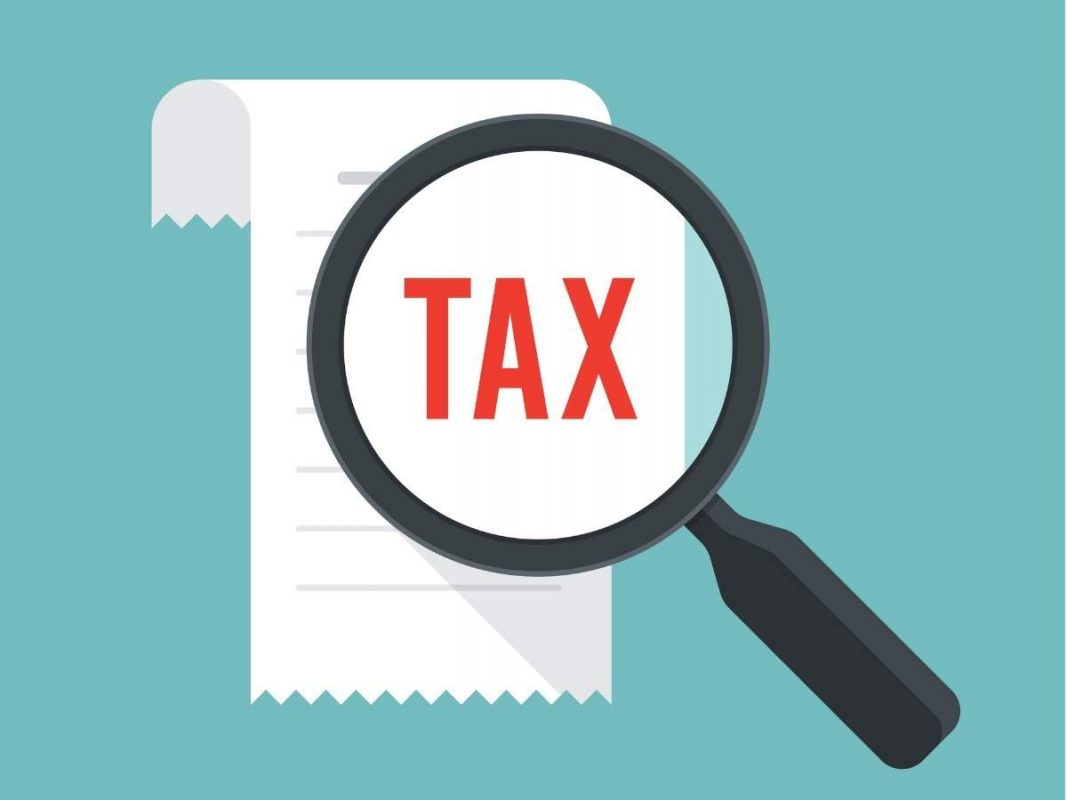How to setup to collect sales tax in Shopify
Setting up your Shopify store to accurately collect sales tax can be more complicated than anticipated. But here are the basic steps we suggest you go through:
- Tell Shopify where to collect sales tax
- Setup your sales tax shipping options
- Tell Shopify which products should collect sales tax
- Add warehouse locations
- Add information for sales tax exempt customers
Let’s dive into each with screenshots and explanations.
Tell Shopify where to collect sales tax
First, you need to tell Shopify in what states it should collect sales tax from customers. As referenced above, you should always start with the state your business is located (after registering for a sales tax permit!).
On the Admin page, click “Settings”, then “Taxes”:

Then find the United States and click the button “Set up” or “Edit” (if you’ve previously set up):

Finally, enter in any states where you should be collecting sales tax due to a physical or economic presence. Depending on your Shopify version, you may need to enter your sales tax permit, instead of your zip code:
Setup your sales tax shipping options
Now, you need to make sure that you collect taxes on shipping rates. Go back to “Settings” and “Taxes”. Down at the bottom you will see a “Tax calculations” section. Select the box that says, “Charge tax on shipping rates”:

Tell Shopify which products should collect sales tax
Now Shopify needs to know for which products in your store you want to collect sales tax for in the states you have entered. Not all products are taxable. For example, you shouldn’t collect sales tax on gift cards. And states also have differing laws (yeah, not cool). In New York, certain clothing and footwear with a price tag of less than $110 per item are tax-exempt. So, you may want to check the taxability of your products in each state you have nexus. Either search online.
For your taxable products, go to “Products”, then “All products”. You’ll need to edit each variant of the products you want to collect sales tax for:

When you go to edit each variant, select the box “Charge tax on this variant”:
Add warehouse locations
Now you need to enter your warehouse locations that are fulfilling orders:

This step helps Shopify know what rates to charge. For example, if product is shipped from a warehouse to a customer in the same state as the warehouse, the sales tax rate may differ than if that product was shipped to another state.
Add information for sales tax exempt customers
Finally, you may not be required to collect sales tax for all your customers. The most common exempt customer you may have is a reseller that buys product through your Shopify store and resells that product. Other tax-exempt entities are government organizations and non-profits. These are likely repeat transactions, and you don’t need to collect sales tax from these customers. For these customers, you need to get a tax-exempt certificate from them before not collecting sales tax.
To mark these customers in your Shopify store as tax-exempt. Go to “Customers”, then “Tax Settings”:

Then make sure the “Collect tax” box is deselected, and you can enter a reason as to why:
Final thoughts
We hope this article contains helpful information to get your sales tax settings configured.




